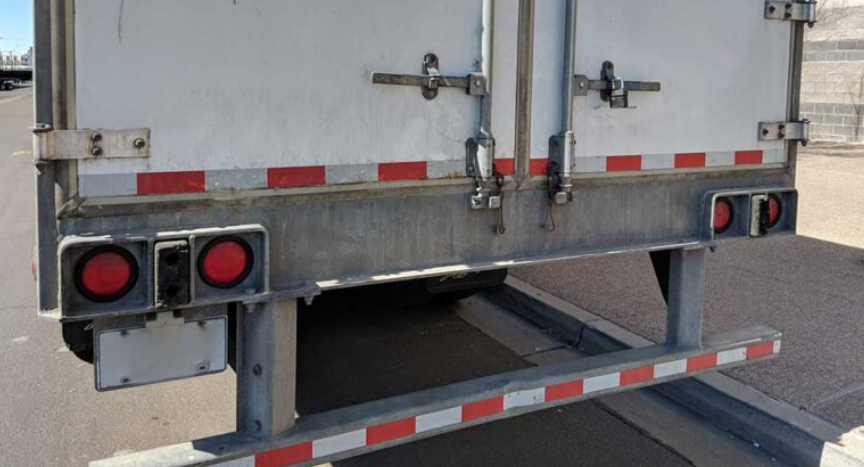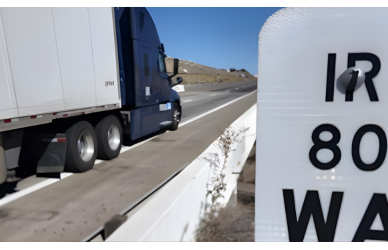The Federal Motor Carrier Safety Administration (FMCSA) has confirmed that faded or missing rear-impact guard labels are not considered a compliance issue. This clarification, issued on December 10, 2024, serves as a response to efforts led by the Owner-Operator Independent Drivers Association (OOIDA), the Commercial Vehicle Safety Alliance (CVSA), and the American Trucking Associations (ATA).
Key Question Addressed by FMCSA
The FMCSA’s guidance specifically responds to the following question:
Does the absence, damage, or incompleteness of a rear-impact guard certification label constitute a violation of 49 CFR 393.86(a)(6) or suggest that the guard itself fails to meet the strength and energy absorption requirements mandated by the National Highway Traffic Safety Administration (NHTSA) when the trailer was manufactured?
The FMCSA has made it clear—the answer is no.
According to the agency, “The regulation in 49 CFR 393.86(a)(6) requires a rear-impact guard to be permanently marked or labeled as required by Federal Motor Vehicle Safety Standard No. 223. However, NHTSA has determined that labels that wear, fade, or are removed during repairs do not indicate a current compliance issue with the requirements in FMVSS No. 223. FMCSA also recognizes that motor carriers may find it difficult to replace illegible, incomplete, or missing certification labels.”
Why This Matters
OOIDA has praised the clarification, emphasizing its significance for drivers and fleets.
“OOIDA’s collaborative efforts with CVSA and ATA have resulted in FMCSA issuing important new guidance on rear-impact guard stickers,” said Collin Long, OOIDA’s director of government affairs.
Focus Shifts to Guard Condition, Not Labels
Rather than fixating on the labels themselves, FMCSA has advised inspectors to focus on the physical condition of the rear-impact guards to ensure compliance with safety standards. Key areas of compliance include:
- General requirements [Section 393.86(a)(1)
- Guard width [Section 393.86(a)(2)]
- Guard height ([Section 393.86(a)(3))
- Rear surface of the guard [Section 393.86(a)(4)]
- Cross- sectional vertical height of the horizontal member ([Section 393.86(a)(5))
By directing attention to these aspects, FMCSA aims to ensure the integrity and safety of rear-impact guards without imposing unnecessary procedural hurdles on drivers and carriers.
Guidance for Clarity, Not Law
It’s important to note that regulatory guidance, while valuable for providing clarity, does not carry the same enforceable weight as law. Instead, it’s designed to offer insights and direction regarding existing legal or regulatory frameworks.
Source: Land Line











